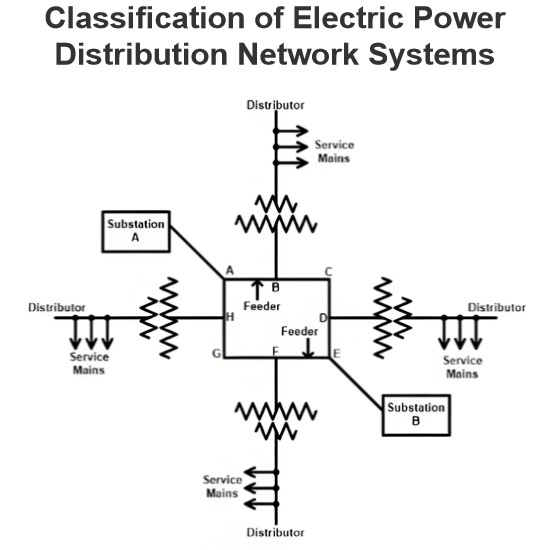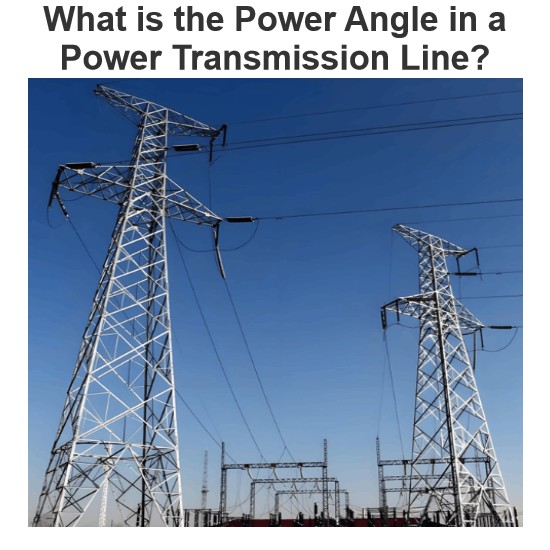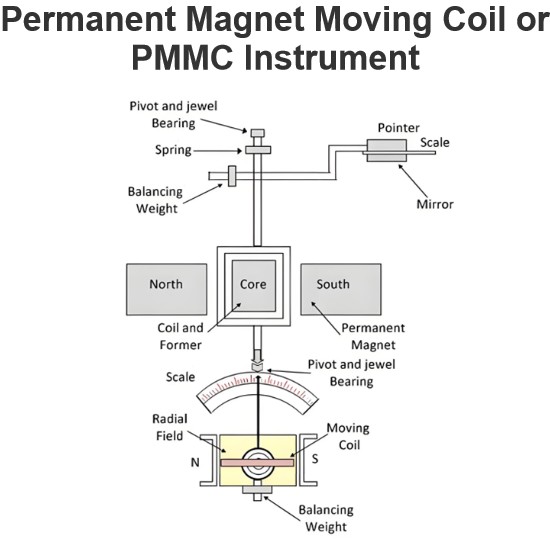Inverse Time Relay | Definite Time Lag Relay

In this type of relays, the time of operation depends upon the magnitude of actuating quantity. If the magnitude of actuating quantity is very high, the relay operation is very fast. In other words, the relay operating time that is time delay in the relay is inversely proportional to the magnitude of actuating quantity.
The general characteristics of an inverse time relay is shown are in figure below.
Here, in the graph it is clear that, when, actuating quantity is OA, the operating time of the relay is OA’, when actuating quantity is OB, the relay operating time is OB’ and when actuating quantity is OC, the relay operating quantity is OC’.
In the graph above, it is also observed that, when actuating quantity is less than OA, the relay operating time becomes infinity, which means for actuating quantity less than OA, the relay does not at all actuate. This minimum value of actuating quantity for which a relay initiates its operation is known as pick up value of actuating quantity. Here it is denoted as OA.
It is also seen from the graph that, when actuating quantity approaches to infinity along x axis the operating time does not approach to zero. The curve approaches to an approximately constant operating time. This is approximately minimum time required to operate the relay.
The inverse time relay, where the actuating quantity is current, is known as inverse current relay.
In this type of relay, the inverse time is achieved by attaching some mechanical accessories in the relay.
Inverse time delay is achieved in induction disc relay by providing a permanent magnet in such a way, that, when disc rotates, it cuts the flux of permanent magnet. Due to this, current is induced in the disc which slows down the movement of the disc. A solenoid relay can be made inverse time relay, by providing a piston and an oil dash-pot. A piston, attached to the moving iron plunger, is immersed in oil in a dash-pot. When the solenoid relay is actuated, the piston moves upwards along with iron plunger.
Viscosity of oil slows the upward movement of plunger. The speed of this upward movement against gravity also depends upon how strongly the solenoid attracts the iron plunger. This attraction force of the solenoid depends upon the magnitude of actuating current. Hence, time of operation of relay is inversely proportional to actuating current.
Definite Time Lag Relay
During relay coordination in electrical power system protection scheme, there is some time intentionally required, to operate some specific relays after some specific time delays. Definite time lag relays are those which operate after a specific time.
The time lag between instant when the actuating current crosses the pickup level and the instant when relay contacts finally closed, is constant. This delay does not depend up on magnitude of actuating quantity. For all actuating quantity, above pick up values, the relay operating time is constant.
Statement: Respect the original, good articles worth sharing, if there is infringement please contact delete.
Electrical4U is dedicated to the teaching and sharing of all things related to electrical and electronics engineering.













